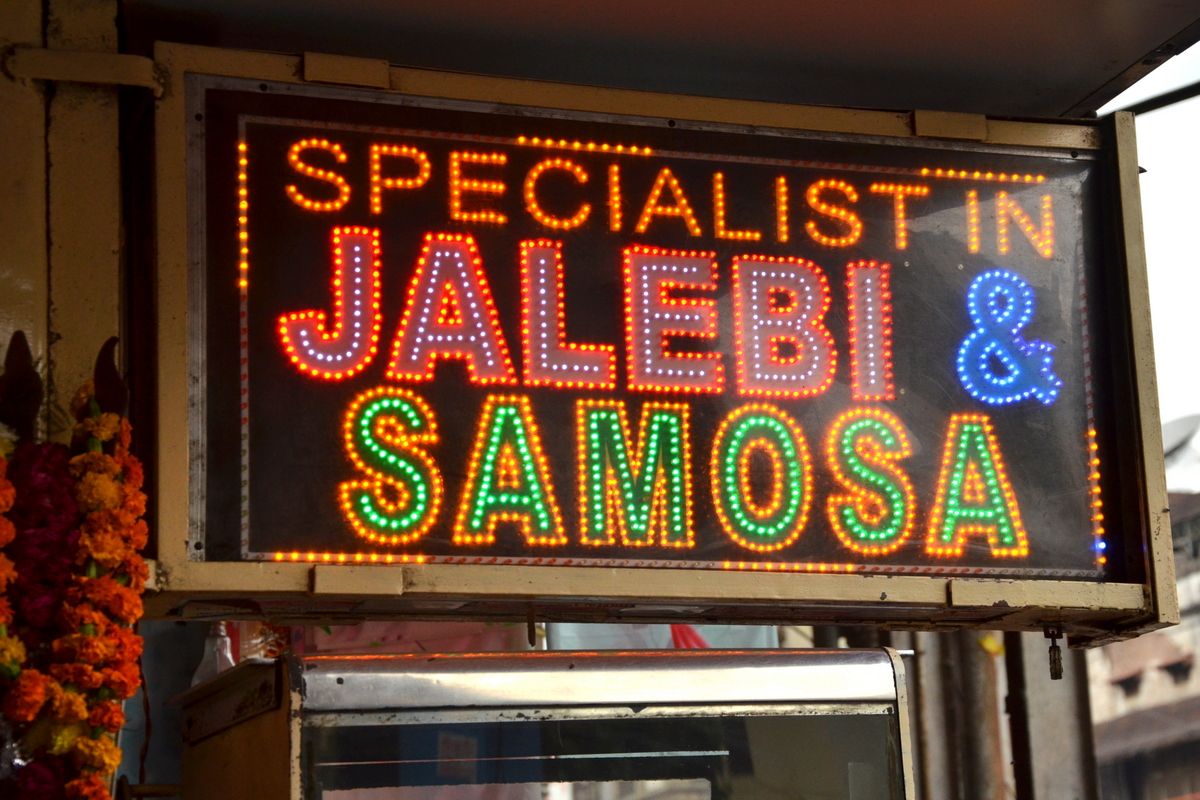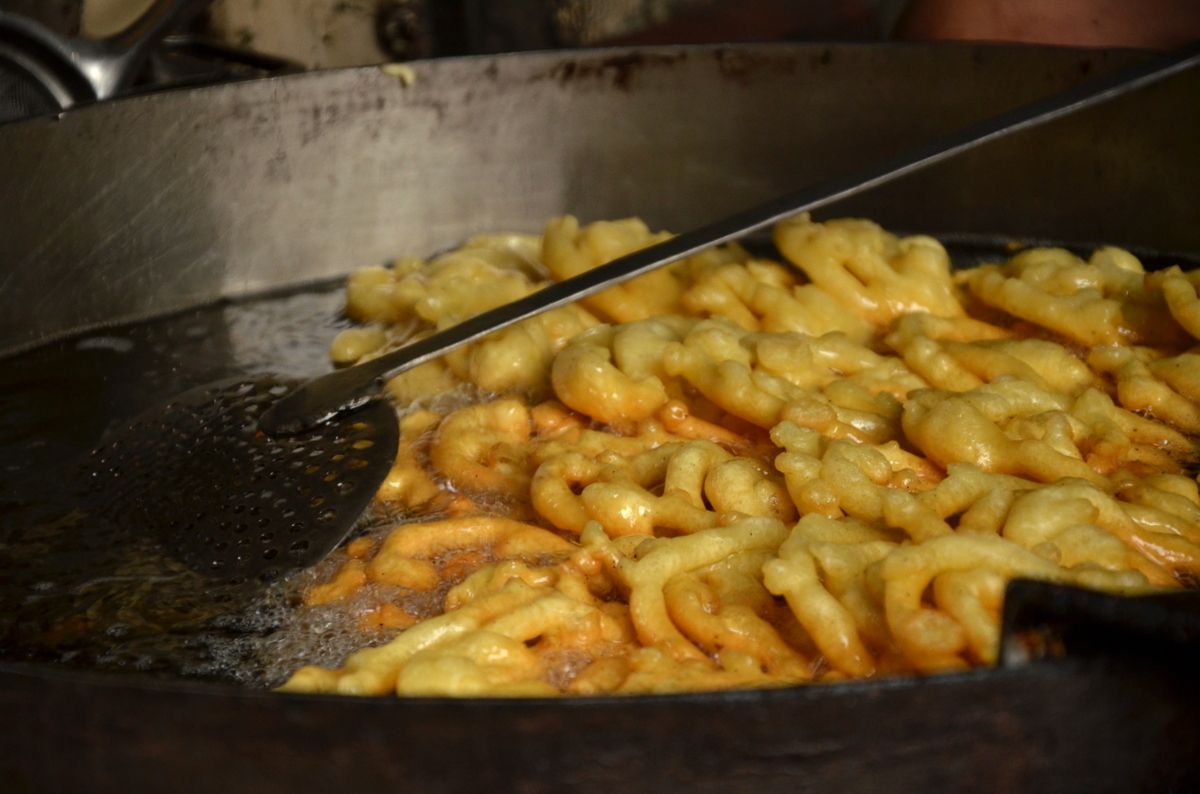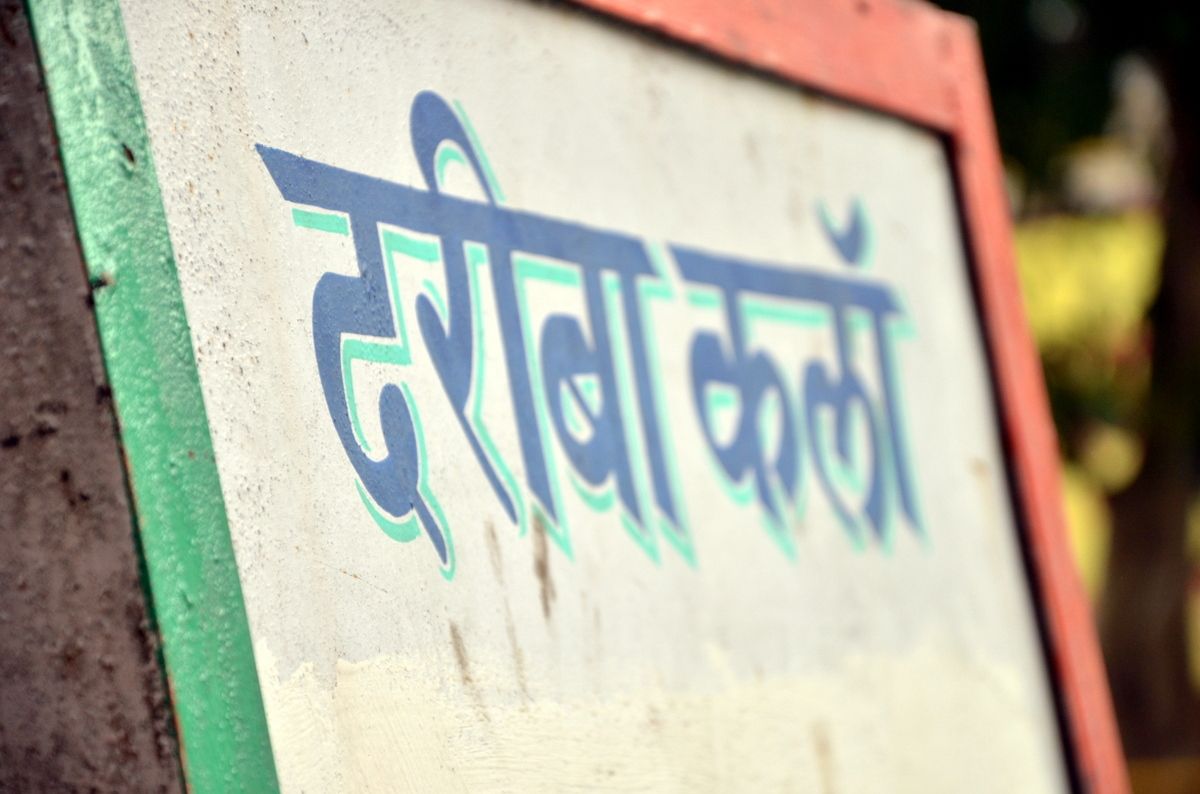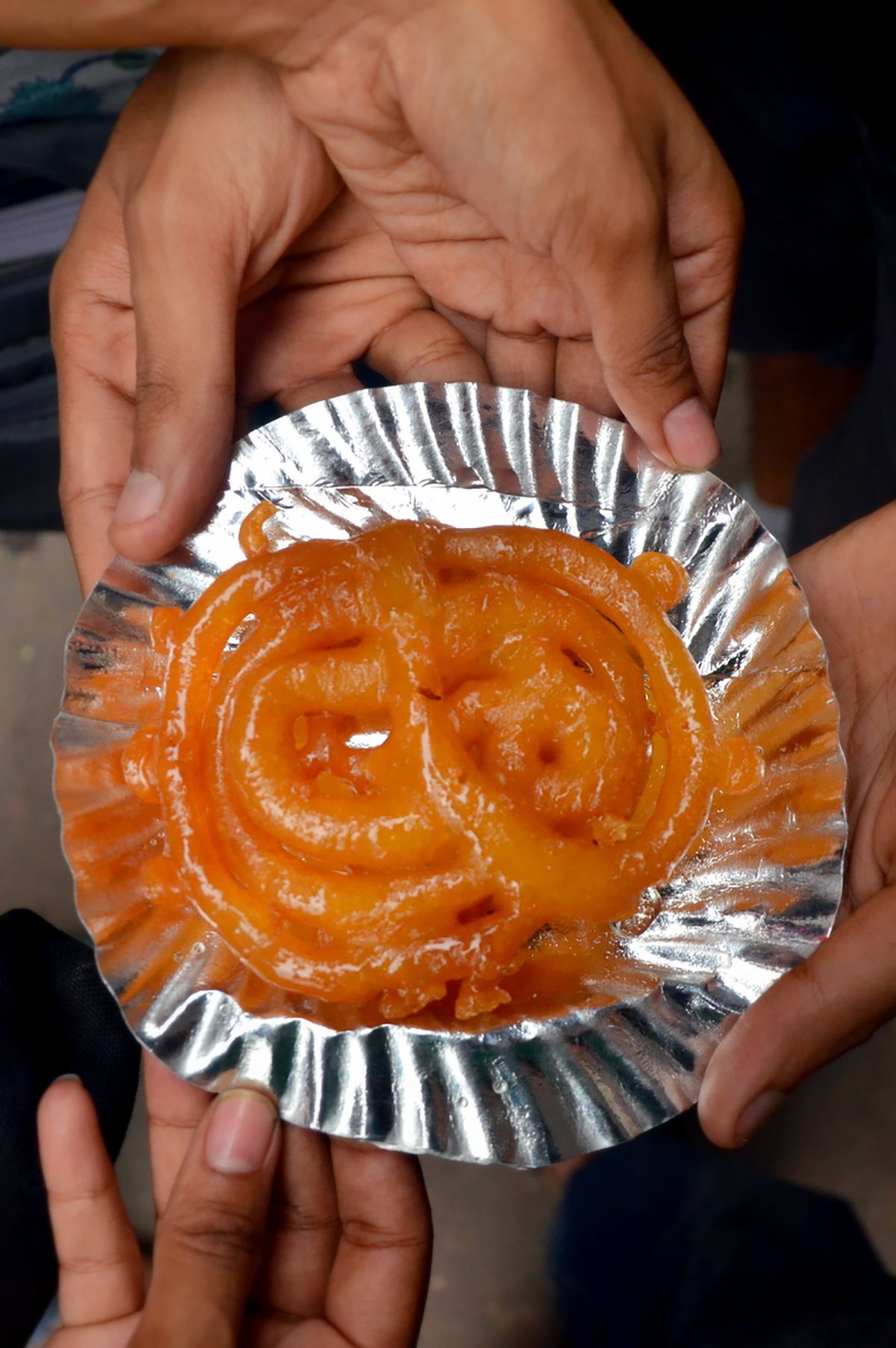Hotel Indigo and On The Grid value your feedback.
Please complete a quick 2 minute survey to tell us about your experience.
When Mughal Emperor Shah Jahan laid the foundation for his new capital north of the ruins of Delhi in 1640, could he have known that his mighty Shahjahanad would become the last in a long line of 'Old' Delhis? Today, the walled city offers wonderful and unusual experiences to locals and visitors alike. The intense commercial hustle of the main streets fades away as one travels deeper into the complex maze of meandering streets and curiously named neighbourhoods, and it is easy enough to suddenly find oneself in a quiet sun-dappled courtyard dating to the early 19th century. It is this curious mix of contradictions that best defines Shahjahanabad: it is both boisterous and peaceful, commercial and cultured, decadent and decaying, dated, and yet so full of life. Dress conservatively, wear comfortable shoes, and, most importantly, carry along a healthy appetite.
The jalebis (deep-fried and sugar-soaked sweet) at the Old and Famous Jalebiwala are indeed famous, but the aloo (potato) or mattar (peas) stuffed samosas truly steal the cake (er, jalebis?). It's worth waiting for fresh batches of both, most especially on a crisp winter morning. Treat yourself further by walking a few metres into Dariba Kalan, the traditional jewelry market-street of Old Delhi, and turning onto Gali Khajanchi to get a peek at the stunning Haveli Khajanchi (Treasurer's House).





Please complete a quick 2 minute survey to tell us about your experience.